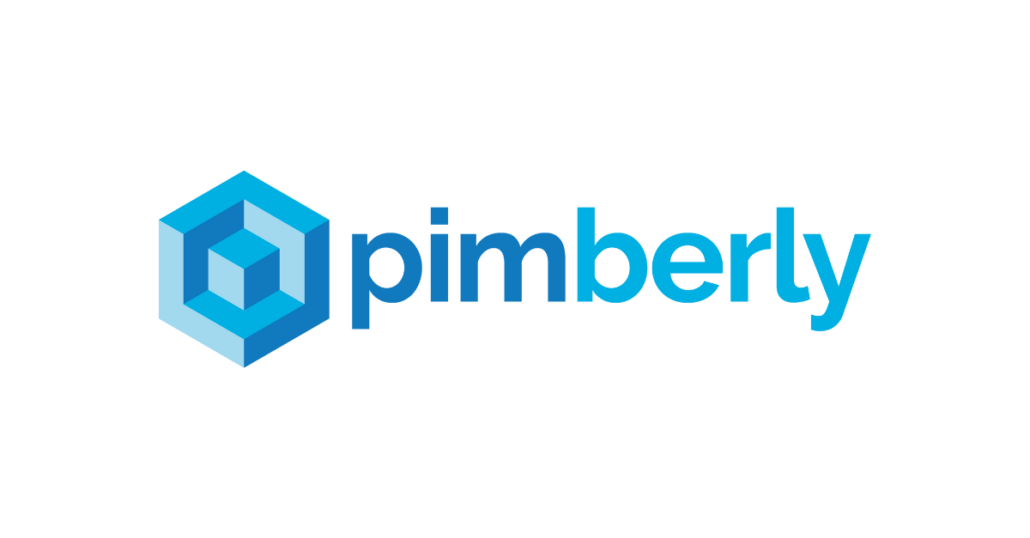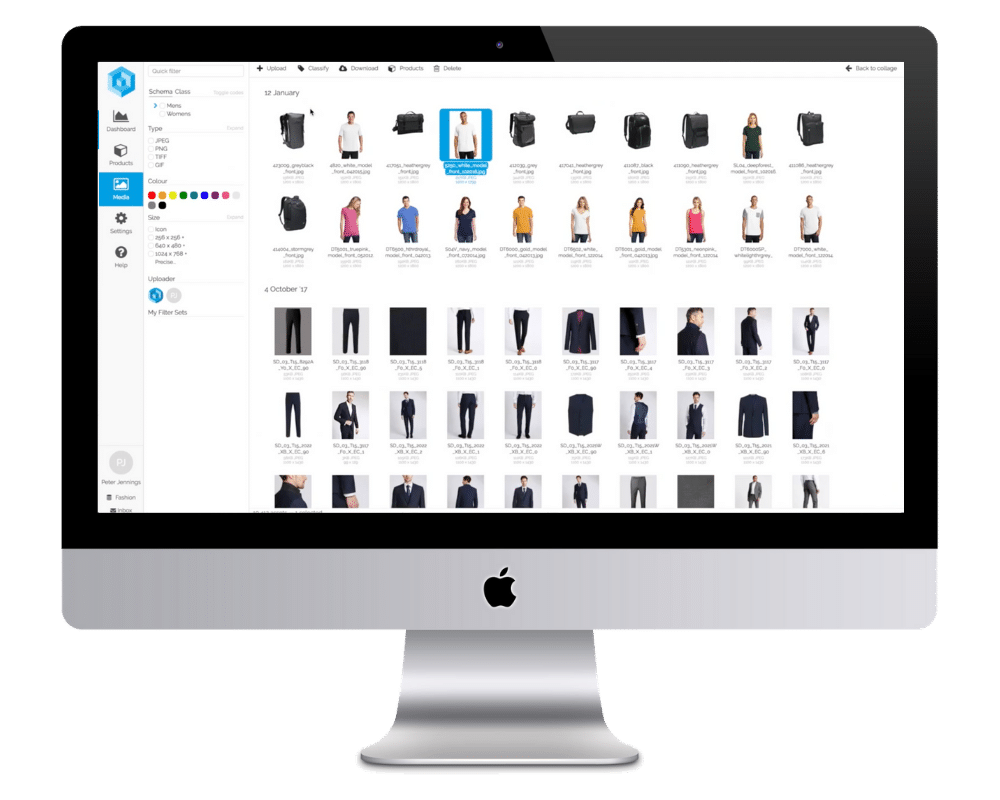Data Migration at the Core of Transformation

In my experience as a consultant leading digital transformations, I’ve found that these projects invariably include replacing legacy solutions, streamlining operations and business processes, and managing organizational change. Whether the transformation is small or large, data migration is always a core component of the project.
Creating a Centralized Repository of Data
Data migrations present opportunities that extend far beyond minimizing technology stacks and implementing new systems. During these transformations, data can be analyzed, cleansed, and reorganized to meet company initiatives and create new KPIs. For organizations with diverse data sources across multiple systems, this represents a prime opportunity to improve data consistency and attain true data integrity.

At Demand Worldwide, we work with numerous retailers and brands on data analysis, KPI development, and transformational projects. I’d like to share a recent project where data was front and center and implementing a Product Information Management (PIM) became the key to unlock our limitations and successfully simplify multiple platforms into a streamlined tech stack that provided the client with consistent, quality data to drive their business.
Data, Data Everywhere
As we delved into the project, data became increasingly important as we identified operational use cases to eliminate duplicate work and disparate reporting while providing streamlined business processes and operational alignment. Working with multiple solutions, disparate data sources, and complex data mapping – organizing and standardizing the data emerged as our most critical challenge. When integrating solutions, there’s never a clean one-to-one data mapping relationship. Add in older, highly customized solutions with a lot of data, and data migration becomes even more challenging.
This is where Pimberly’s PIM provided exceptional value – offering a platform to load and store large volumes of data without adding substantial costs and time to the project.
The Importance of Data Integrity
Without data integrity and alignment across every operational area working with a consistent set of KPIs, it becomes extremely difficult for senior leadership to make sound business decisions. Most organizations have either experienced this challenge or are facing it now. So how do we achieve data integrity and consistency across an organization that uses different technologies and channels, and relies on data in different formats?
In this project, our focus wasn’t on replacing all systems with one integrated platform. Instead, we aimed to simplify the infrastructure and add modern solutions to replace a home-grown, heavily customized system that managed everything from item creation, pricing management, merchandising, order management, and warehouse operations.
The Big Data Questions
The central questions we faced were: what data should be migrated, and where should it live? We needed to determine the source of truth for each data element and operational use case. This led us to develop a strategy to gain consensus and consistency of data used across all operations.
We had to address questions like:
– Which product cost metric should everyone use? First cost, landed cost, or average weighted cost?
– What product attributes (colors, sizes, codes, color groups) should be standardized? Could one set fit all use cases? What field length limitations existed in each system?
– How should we handle product descriptions and variations across marketing, merchandising, ecommerce, and catalog use cases? How many descriptions could we support?
– What naming conventions and hierarchies would meet the needs of all selling channels? Could we create standards that would work for eCommerce, third-party marketplaces, and POS systems, while satisfying merchants, creative teams, and marketing departments?
Does this sound familiar? None of these challenges were surprising, but achieving consensus and meeting everyone’s requirements was not going to be easy with multiple solutions, varying data fields, and diverse criteria across systems.
Pimberly’s PIM & DAM: The Secret Sauce to Transformational Success

It became clear that we needed a centralized data warehouse or solution to hold all data variations that could meet the needs of every stakeholder – or at least come as close as possible to this ideal.
As a consultant, thoroughly evaluating all available solutions was crucial to present the client with the right path forward – one that would fit their organization, skill levels, infrastructure, and timeline. We identified the must-have features and explored how we could achieve a streamlined approach to data mapping for product and pricing data across all existing and future solutions.
When we discovered the Pimberly PIM & DAM solution, it checked all the boxes: item creation, collaboration, centralized data with flexibility, and an elegant approach to data mapping that met all system requirements.
The implementation fit seamlessly into our timeline, and the Pimberly partnership brought a team that added tremendous value to our transformation project. Pimberly was also a great cultural fit and provided hands-on support working with us through the entire process from discovery, implementation and support.
We now had a way to migrate data to a centralized solution, cleanse and update data for future state, create fields that met all system requirements, and build lifecycles for each operational area while providing a collaborative platform. Pimberly also listened to our requirements and when we identified additional functionality, they added it to their roadmap and delivered when we needed it.
It was the ideal solution to meet all our requirements for a successful transformation from the customized legacy system to a modern tech stack and safeguard the data for migration.
Pimberly’s Value to Transformation and Beyond
Among all options considered, Pimberly’s cloud-based solution provided a robust data platform that allowed us to work internally on cleansing and organizing data while implementing new solutions simultaneously. Importantly, it fit into our existing timeline and overall project plan without adding delays to our initiatives.
The addition of the Digital Asset Management (DAM) component for all company assets, metadata, and image attribution was a bonus. We could replace another solution and service partner, managing products and assets in a central location that feeds all enterprise and ancillary solutions from a single repository and is tightly integrated to the product data.
Our retail client now has a centralized place to create, enrich, and maintain consistent representations of all products, attributes, and digital assets that can be distributed to all enterprise solutions and selling channels.

They have a platform to transform their data, gain alignment on naming conventions and attributions, and streamline business processes from item creation through product finalization and selling. This data repository was the missing puzzle piece.
Pimberly’s role
Pimberly has become a platform that brings merchants, inventory management, creative and digital professionals together, working collaboratively in one platform rather than in separate systems. The solution provides workstreams for each operational area that can be worked on simultaneously and guardrails to ensure only completed products can be sent to eCommerce and Merchandising/POS solutions.
The integrated DAM allows us to store all digital assets and documentation with corresponding metadata and attribution for use in digital commerce channels, while easily associating images with products.
As we implement each new solution, we have a secure repository for all data required to manage the new system, with ample time to cleanse and update data for future state.
Beyond Data Migration: A Bright Future!
The Pimberly solution offers much more than just PIM and DAM capabilities, and we’re taking advantage of everything it offers:
– The Catalog Management tool will be utilized to create the company’s catalogs, fully integrated and allowing real-time collaboration between merchants and creative teams.
– Vendor Connect is being rolled out to vendors to upload their products in templates directly into the PIM to initiate the product journey. These templates were created for the clients with master data selections to ensure quality data is entered early stages of the product lifecycle.
– We’re excited to begin leveraging the AI component of the Pimberly solution for creative writing, descriptions, and images.
I must emphasize the power of Pimberly’s data export capabilities and the ability to transform data formats to meet the requirements of our other solutions while protecting the consistency and integrity of data in the PIM. The workflows and guardrails we’ve established ensure that only complete, “ready for primetime” products are distributed. Our eCommerce solution will never receive incomplete products, nor will our retail merchandising system.
The story doesn’t end with transformation and data migration – it’s only the beginning!
A Strong ROI for Demand Worldwide and Our Retail Client

The collaboration with Pimberly has been strong from day one, and I value the partnership that has formed not only for my client but with Demand Worldwide as well.
The investment in Pimberly solutions has proven valuable to our transformation project in numerous ways. Let me recap some high-level wins we’re experiencing and our expectations for future state when all systems go live later this year.
Our main transformation goals were:
– Minimize tech stack to gain efficiencies. Adding the PIM/DAM has allowed us to ramp up the migration from the legacy system and adapt new technology with ease of data mapping and APIs for communications. Our estimated time savings incorporating the PIM/DAM with Pimberly is in the 4-5 months of project timeline.
– Consolidate, Centralize, Cleanse data. The PIM provided a platform to do this while implementing solutions and provided readiness for data mapping as we roll out new platforms with data integrity. This capability allowed us to test data mapping throughout our project rather than waiting until the end, providing a means of iterative testing and validation.
– Streamline business processes and create collaboration. Operational areas are working together on one single source of product data and simultaneously saving duplication of work and streamlining the processes for time to market advantage.
– Create Guardrails to ensure data is accurate and complete prior to releasing to solutions and selling channels. This is accomplished using Pimberly’s lifecycles and rules for release through channel exports.
– Extend and expand our product attribution and source data and not be reliant on system limitations for ERP, eCommerce and other solutions. Pimberly provides a platform to store all extended and expanded data and distribute as needed. Not only was valuable data stored but we gained flexibility in new data secured for the business.
-Meeting our project timelines without adding additional resources or time was possible with support from Pimberly and the ease of migrating data into the PIM, assets into the DAM, and the export channels and API’s available that were seamlessly implemented.
What’s Next?
We’re almost ready for “primetime”! The Pimberly solution was our silver bullet – the missing piece of the puzzle to complete our efforts to implement new technology. We’re down to the final business processes that still live in the customized solution and in third-party services, which will soon be brought in-house.
Pimberly has become the heart of our new technology infrastructure, feeding all enterprise solutions from one common and consistent data set. It is our product and asset source of all data for the company feeding merchandising, digital commerce, retail stores, marketing and creative.

User adoption has been excellent across the community, and our plans to bring in vendors and suppliers are just on the horizon.
This approach – leveraging PIM for data migration, cleansing, and mapping – for a transformational initiative has allowed us to stay on course and even consider additional new technology in a condensed timeframe.
Stay tuned as this success story continues to unfold!
About Demand Worldwide:
A boutique Retail/Brand Strategic Consulting firm started in 2014 by Retail Veteran Paula Levy after years working in retail and then in technology sales, marketing, and services. Our team is made up of a bunch of restless and creative, smart and passionate, strategists and doers looking to reimagine what’s possible when technology meets retail. We are focused on customer experience strategies and transformational projects. We bring deep expertise in the retail supply chain from concept to consumer with a goal to add value to our clients through strategy, solutions and change management.
About Pimberly:
Pimberly is a world leading provider of SaaS-based Product Information Management (PIM) and Digital Asset Management (DAM) software, enabling manufacturers, brands, distributors and retailers to manage complex product data in a central platform, accelerate online sales and deliver customer experiences that convert. Founded in 2015 in Manchester, United Kingdom with offices in New York, USA, it now has over 120 customers including some of the world’s major brands such as Westcoast, JD Sports, Build-A-Bear and Chefs’ Warehouse.












